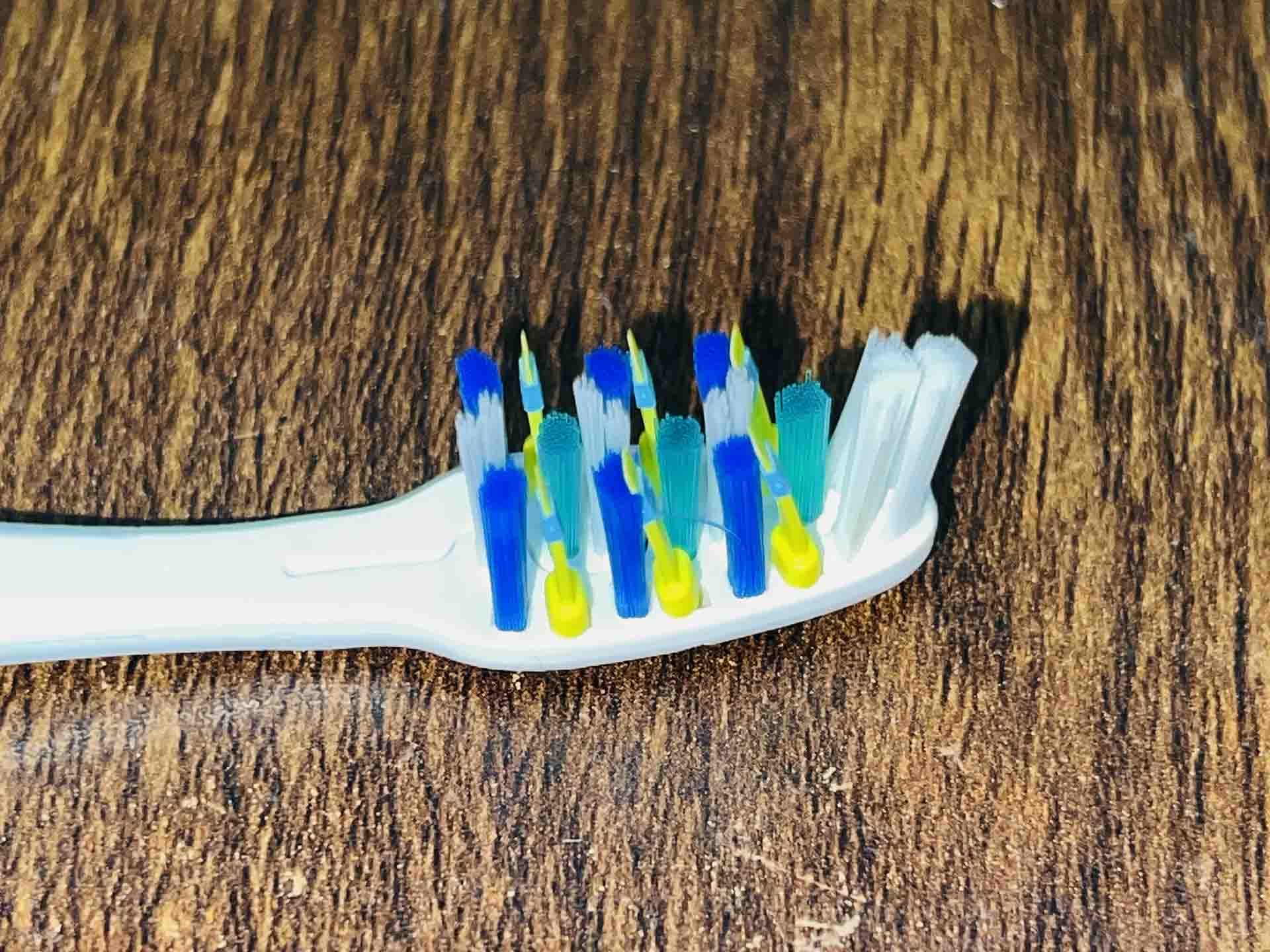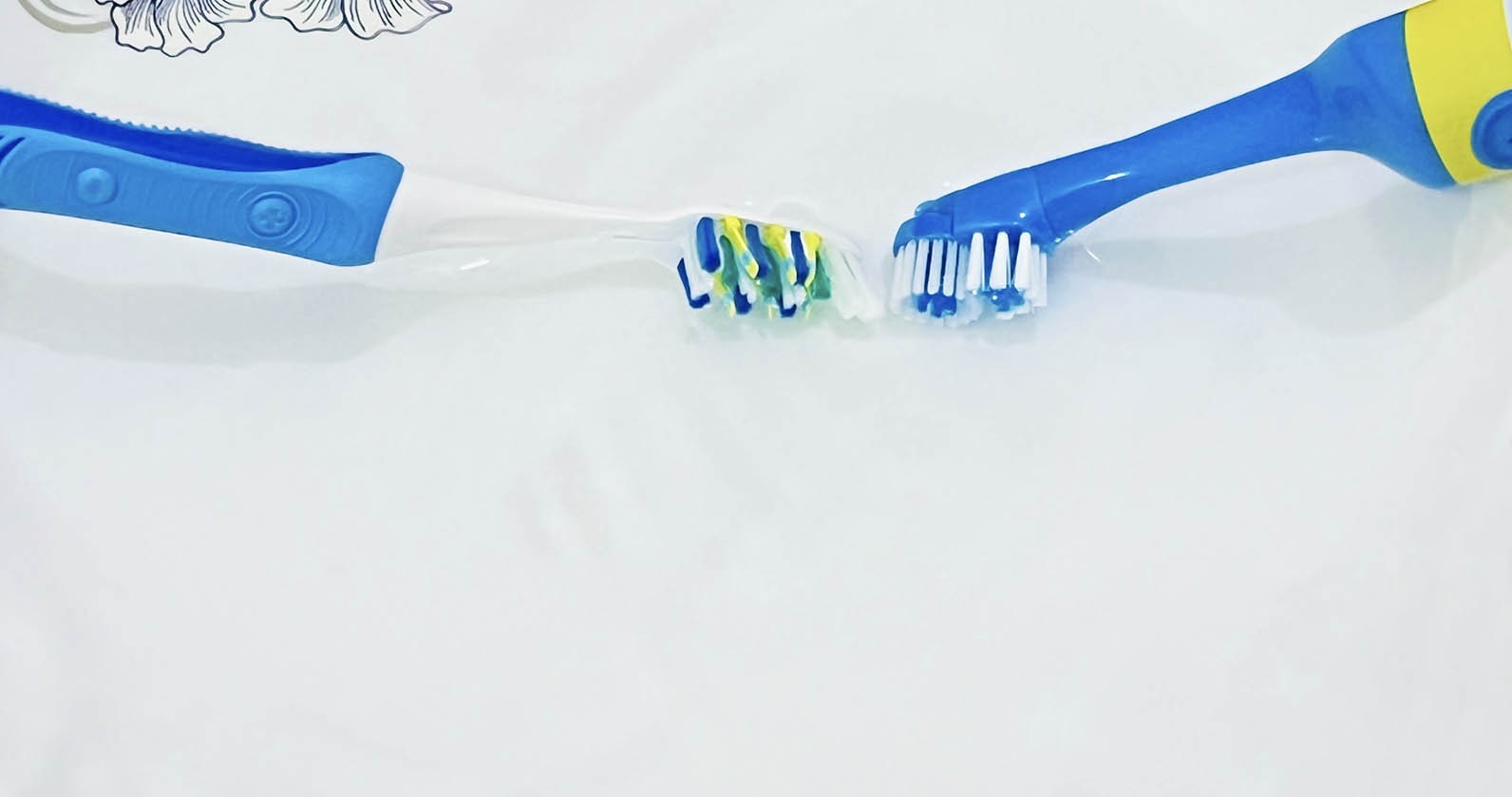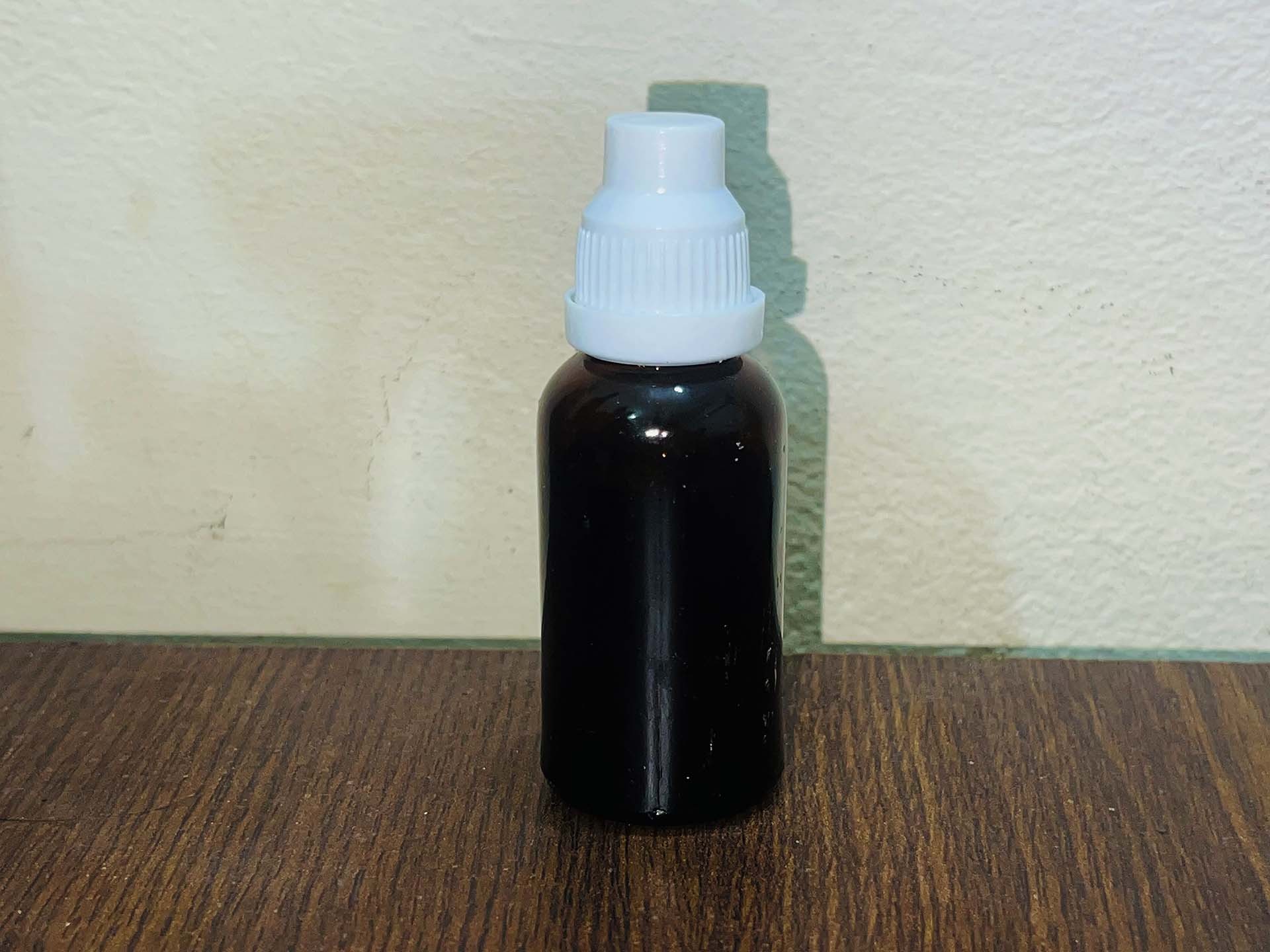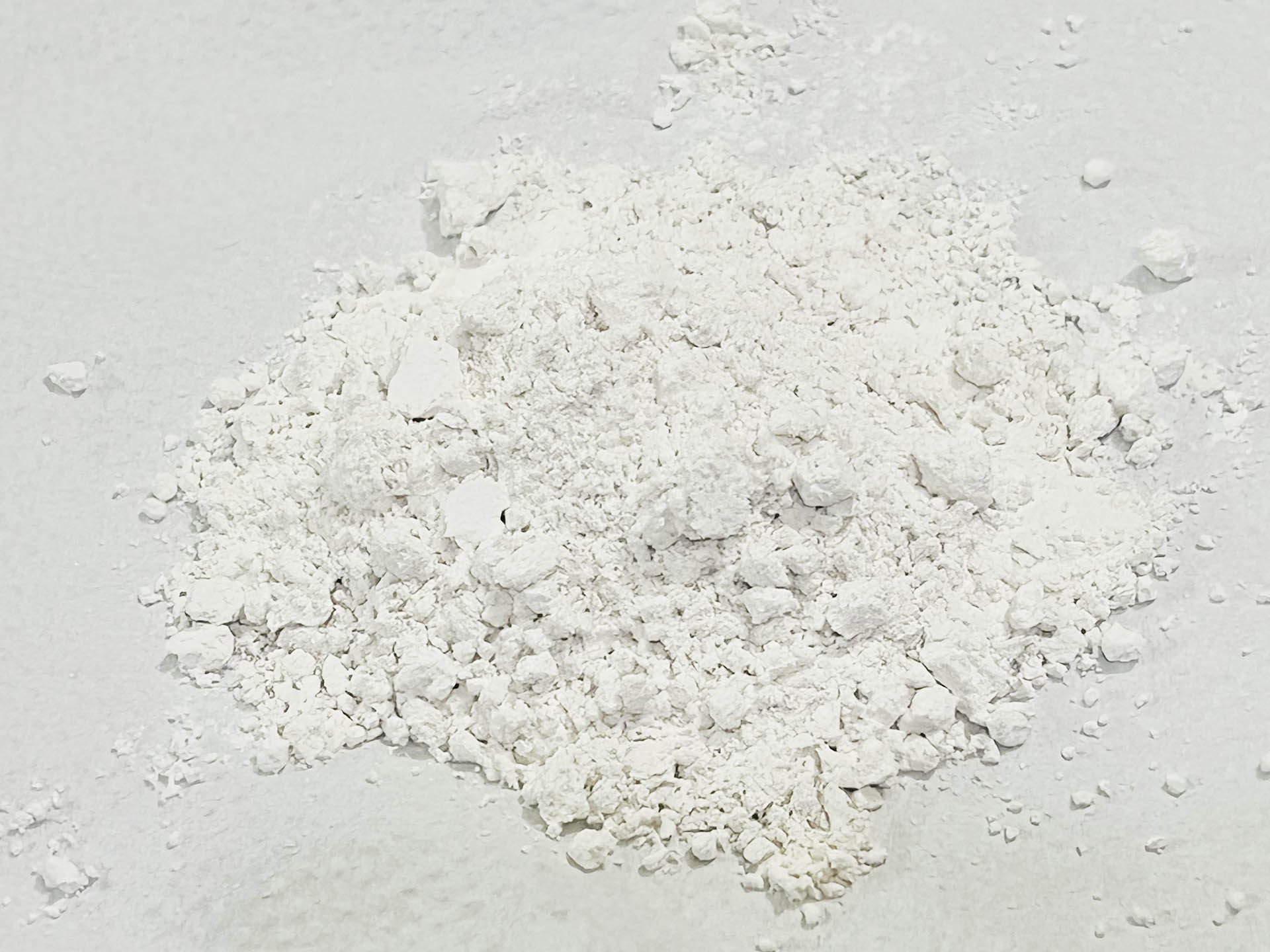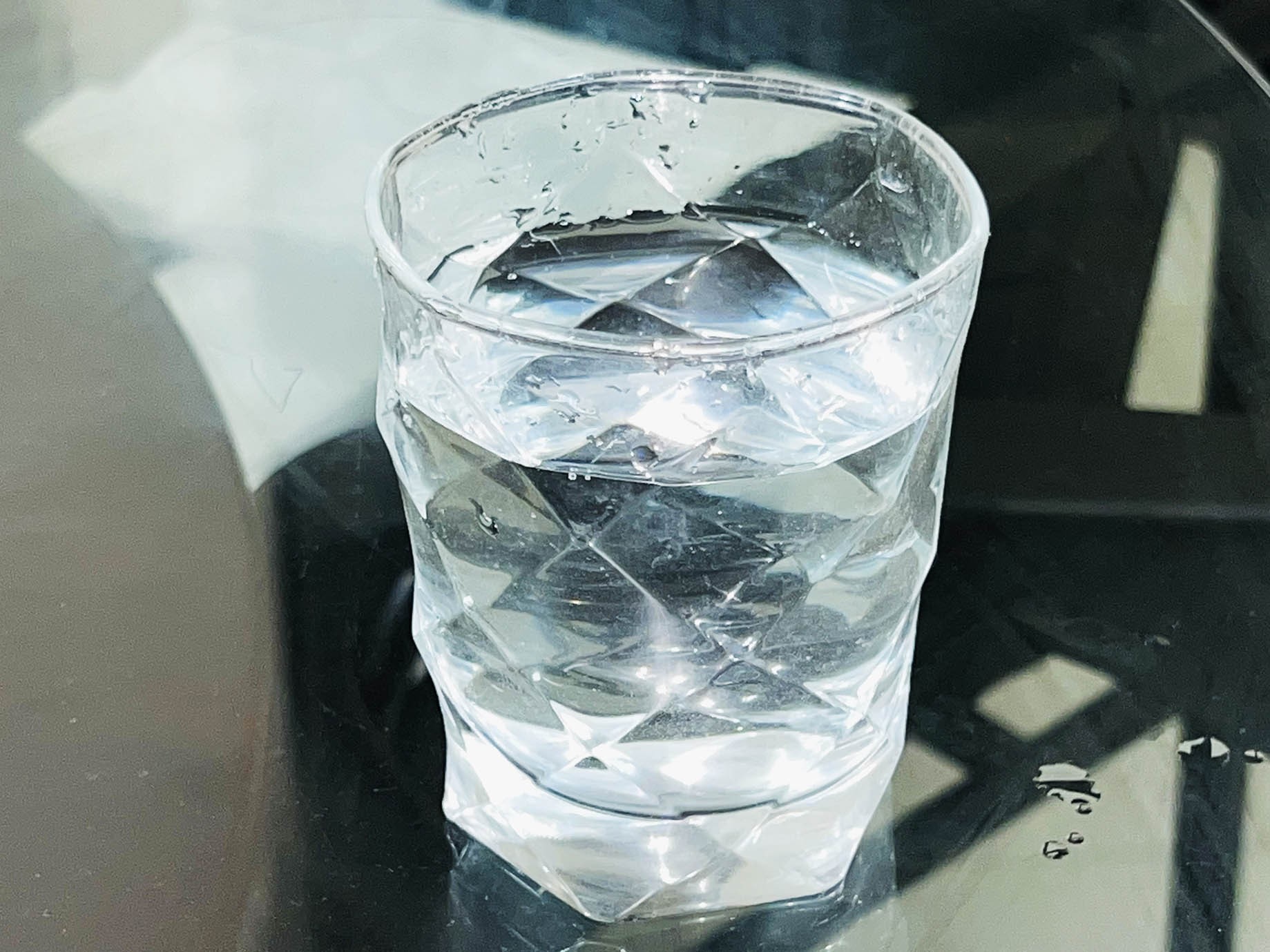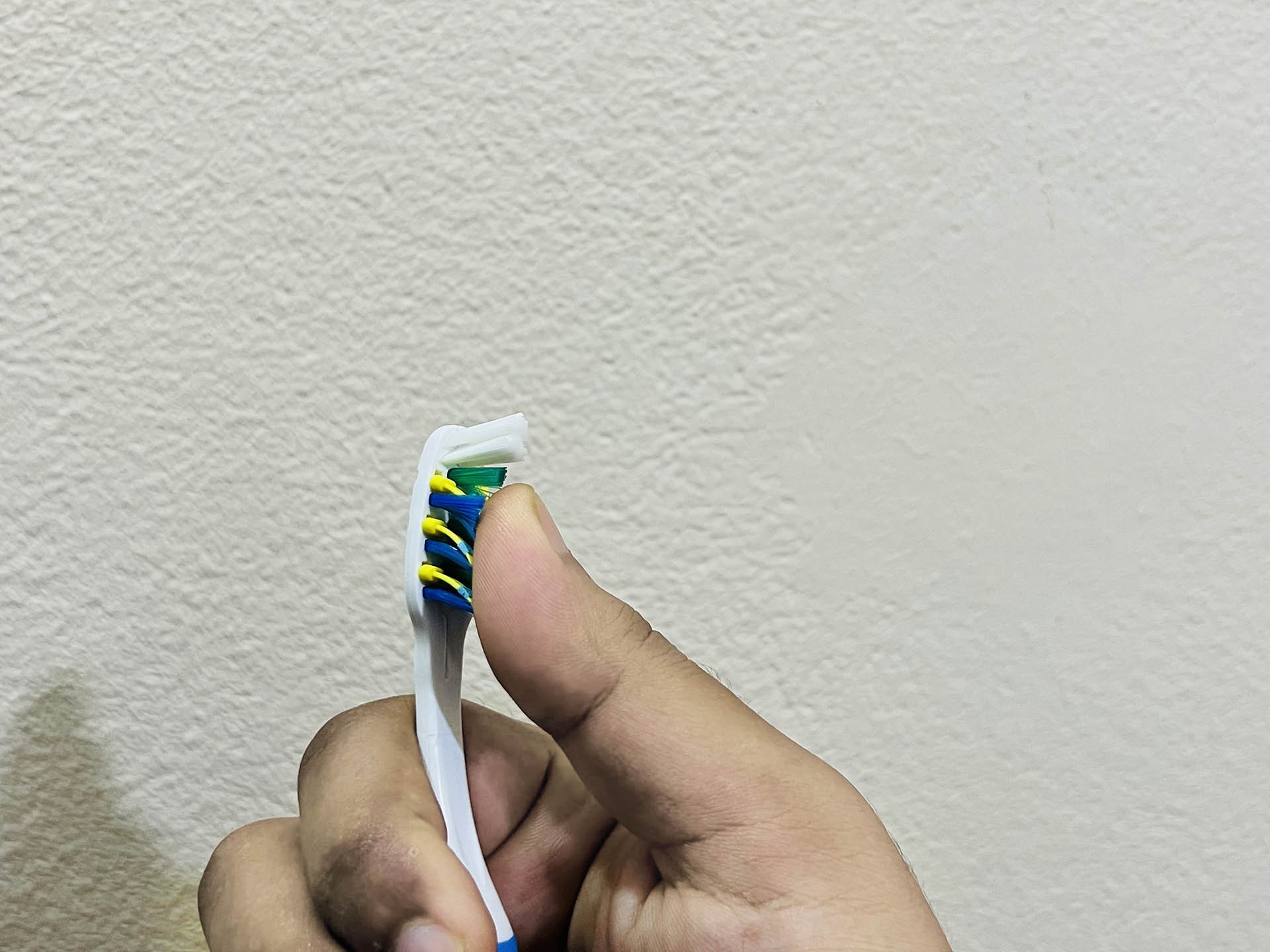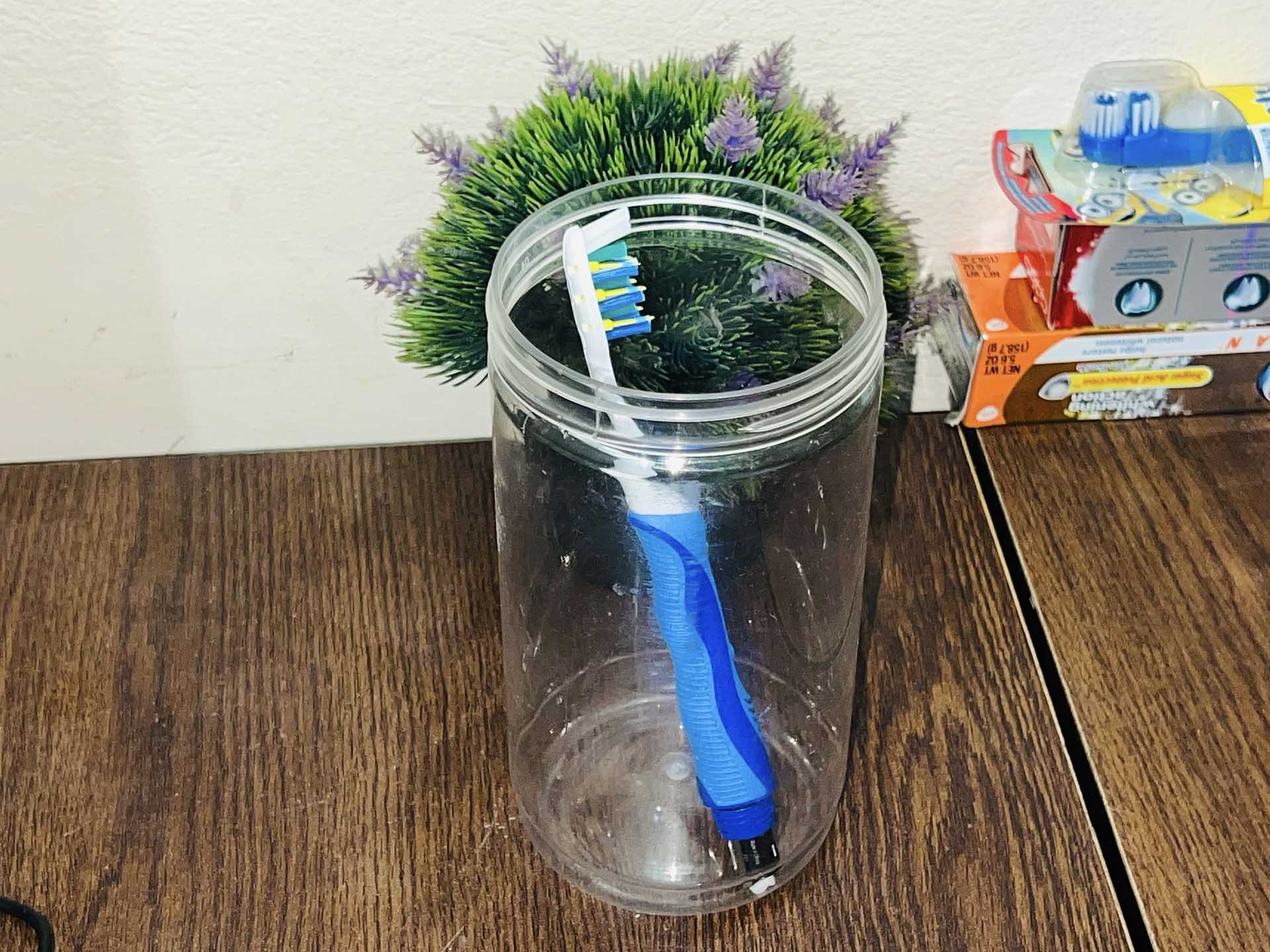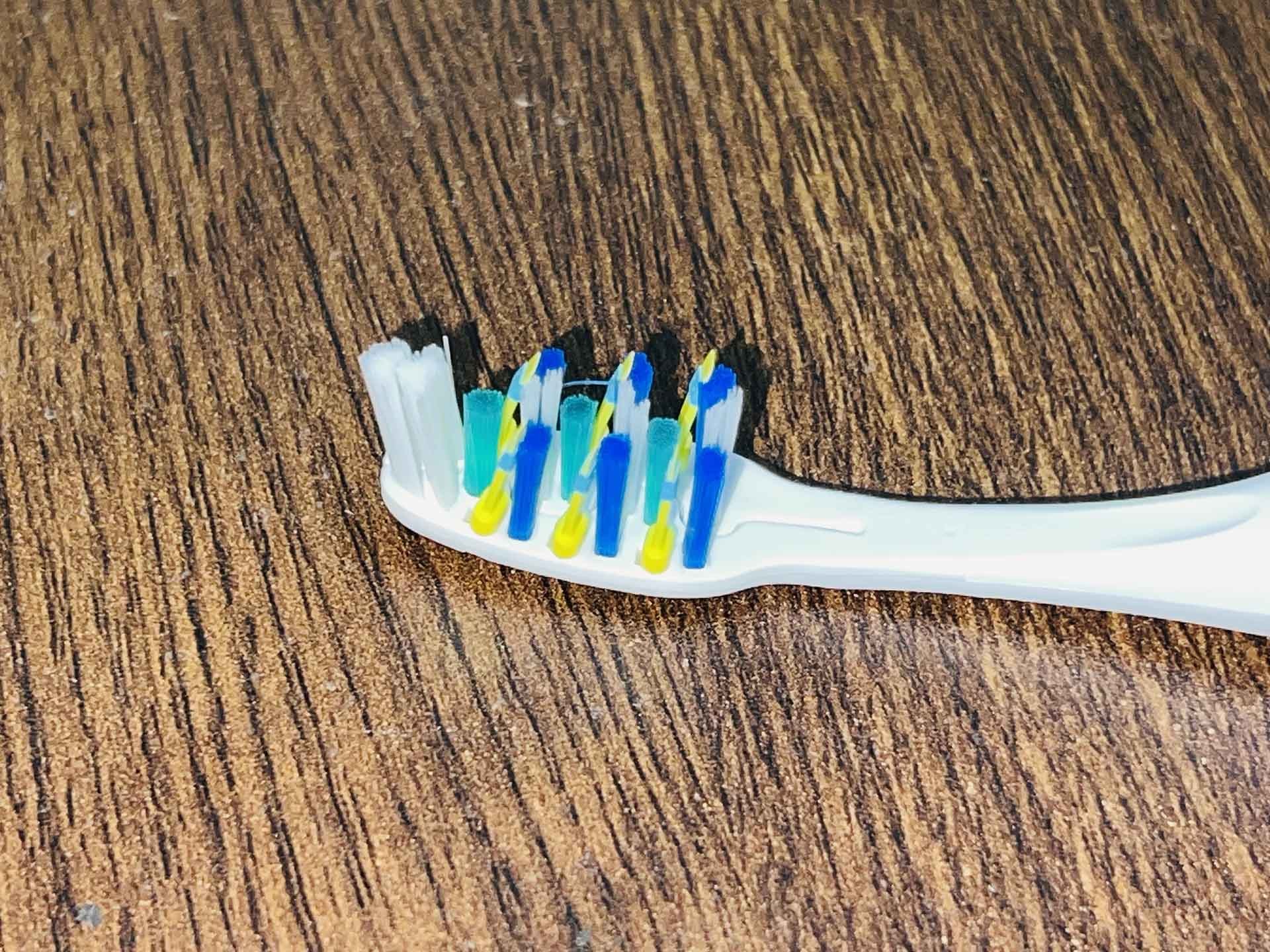Fighting mold is a common household battle that many of us face. From bathroom tiles to kitchen counters, mold can reach the most unexpected places. But what about your toothbrush? Yes, you read that right. Your trusty toothbrush, the tool you rely on for a fresh and clean smile, may also fall victim to mold growth.
I became particularly concerned when I noticed mold on my toothbrush. That’s when I started researching how to tackle this issue.
After trying out different approaches, I am now satisfied with cleaning my toothbrush using a 3% hydrogen peroxide solution, a mix of baking soda and warm water, a denture cleanser, or a UV sanitizer.
7 Common Causes Of Mold Growth On Toothbrushes
Toothbrushes can become moldy because they often provide the perfect conditions for mold growth. Mold spores floating in the air can land on your toothbrush and start to grow.
They only need food, oxygen, moisture, and a little warmth. Almost anything organic can serve as food for mold, especially food particles and nutrients from stagnant water.
Mold growth on toothbrushes can be attributed to various factors. Understanding these common causes can help you prevent and address mold issues effectively. Here are the key causes to consider:
1. Moisture
Mold thrives in moist environments, so if your toothbrush remains consistently wet, it creates an atmosphere for mold growth.
Leaving a damp toothbrush in an enclosed container, using toothbrush covers, or storing it in a humid bathroom can all contribute to the accumulation of moisture and mold development.
2. Poor ventilation
Inadequate airflow in the area where you store your toothbrush can promote mold growth. Insufficient ventilation or lack of proper air circulation can cause moisture to accumulate, providing an ideal environment for mold to thrive.
3. Not rinsing after use
Not rinsing after use can speed up the growth of mold and trap germs deep inside the bristles, where they can survive and multiply.
Every time we brush our teeth, we transfer millions of tiny germs from our mouths to the toothbrush’s bristles. If the environmental conditions are right, these bacteria can grow and become mold and other harmful agents.
4. Electric Toothbrush
An electric toothbrush can be more susceptible to the fungus. This is because after brushing your teeth and rinsing the brush, water will continue to drip onto the electric base, providing even more surface for mold to grow on.
5. Contaminated surfaces
If your toothbrush comes into contact with contaminated surfaces, it can introduce mold spores onto the bristles.
Storing your toothbrush near mold-infested areas such as sinks or toilets, or allowing it to touch surfaces with mold growth, can transfer the spores onto the bristles.
6. Improper storage
Improperly storing toothbrushes without allowing them to dry between uses can contribute to mold growth.
Placing them in sealed containers or tightly packed spaces or storing them in dark and humid environments creates conditions that promote mold development.
7. Infrequent replacement
Over time, toothbrushes wear out, and the bristles may fray or accumulate debris, making them more susceptible to mold growth. If you don’t replace your toothbrush regularly, it becomes a breeding ground for mold.
Also Read:-Best Toothpaste For Electric Toothbrush Reviews 2023
4 Best Ways To Remove Mold From A Toothbrush
After learning about the common causes of mold growth on toothbrushes, I have tried and tested some effective methods to keep my toothbrush mold-free. Here are the ways I found most successful in preventing mold on my toothbrush.
1. Hydrogen Peroxide
To eliminate bacteria, viruses, yeast, fungus, and mold spores from your toothbrush, I recommend using a 3% hydrogen peroxide solution. After brushing your teeth, add a teaspoon of the solution to a cup of water.
Now, let your toothbrush soak in it for about three to five minutes, then thoroughly rinse it under hot water before using it again. Remember to switch the solution every time you brush and coat all the bristles.
2. Baking Soda
Many toothpastes contain baking soda for its powerful antibacterial properties, which can help eliminate the microorganisms that cause tooth decay.
To get rid of most germs naturally, try soaking your toothbrush in a solution made of two teaspoons of baking soda and a cup of warm water regularly. You can also add vinegar to your weekly soak of baking soda to make your toothbrush extra clean.
3. Denture Cleanser
Using a denture cleanser to remove mold from a toothbrush may seem unconventional, but it can be quite effective. In fact, it’s similar to using baking soda, a popular household remedy for mold removal.
Denture cleansers contain various chemicals, including detergents, surfactants, enzymes, and sodium hypochlorite (bleach), that work together to break down and eliminate mold.
Dissolve a cleanser tablet in water according to the package instructions to use a denture cleanser. Submerge your toothbrush in the solution and let it soak for the recommended amount of time. Afterward, rinse your toothbrush thoroughly with clean water to remove any residue.
4. UV Sanitizer
Consider using a UV sanitizer for a hands-free approach to mold removal and the cleanest possible toothbrush. UV light has long been used in households and hospitals worldwide to eliminate germs, viruses, mold, and fungi. It’s a quick and efficient way to ensure your toothbrush is clean.
UV sanitizers for toothbrushes emit ultraviolet light with germicidal properties. Some even have a built-in UV light base where you can place your toothbrush after use. The UV light effectively kills bacteria and mold spores, leaving your toothbrush fresh and clean.
To use a UV sanitizer, place your toothbrush inside the unit and activate the UV light. The sanitizing process may take a few minutes, depending on the model. Once complete, your toothbrush will be free from mold and ready for your next brushing session.
How To Remove Mold From Electric Toothbrushes
Now that you know how to remove mold from your toothbrush, cleaning an electric toothbrush thoroughly is also essential to prevent mold, bacteria, and other germs from growing. However, it is quite a bit different from manual toothbrushes. Follow these steps to clean and maintain your electric toothbrush effectively:
- Identify Mold on an Electric Toothbrush
Look for a pink or black sludge buildup on the device, base, or head. You may also notice a musty or pungent odor and black patches within or around the bristles.
- Disassemble and Inspect
Separate the head from the handle and place each component on a fresh paper towel. Thoroughly examine them for any signs of black spots, slime, or debris.
- Cleaning the Toothbrush Head
Mix two teaspoons of white vinegar, two tablespoons of baking soda, and half a cup of water in a bowl large enough to accommodate bubbling and fizzing. Submerge the toothbrush head in this solution and let it soak for 30 minutes.
After that, remove the head and rinse it thoroughly with warm, running water. Shake off excess water and allow it to air dry.
- Cleaning the Base and Handle
Use a towel and a mild bleach solution or antibacterial soap (ensure the charger is disconnected) to gently clean the handle and base of the electric toothbrush. You can also use disinfectant wipes for the handle.
Avoid submerging these components in water. Give them ample time to dry before reassembling the toothbrush.
- Regular Maintenance
To prevent mold growth and bacterial buildup, thoroughly clean once a week. Additionally, remember to replace the entire toothbrush head regularly.
How To Prevent Mold Growth On Toothbrushes
Preventing mold growth on toothbrushes is something I take seriously. This is because I know that prevention is better than cure. You can greatly reduce the chance that your toothbrush will ever get moldy if you make some changes to how you store and care for it. Here are some effective tips to keep your toothbrush clean and mold-free:
Rinse Well After Each Use
A part of your toothbrush may spend up to two minutes swirling around the inside of your mouth every time you brush your teeth. During this time, a lot of debris accumulates on the brush, and if you don’t rinse them off completely, they can encourage the growth of mold.
If you can remove those particles, you’ll be taking away a major food source for the spores. This will make it less likely that they’ll choose your toothbrush as a place to live.
Get Rid Of The Excess Moisture
The only downside of rinsing your toothbrush well is the water that will likely remain on it. It may be a problem to leave your toothbrush wet after using it since mold thrives in damp areas.
To solve the problem, try shaking the brush to remove any excess moisture or tap it on the inside of the sink. Then, use a cloth to wipe the base of the toothbrush since you don’t want mold to grow there, either.
Storage
Although keeping your toothbrush in a cabinet may seem tempting since germs like dark, moist environments, don’t do it! The best chance for drying and preventing the growth of new bacterial colonies on your toothbrush is in the open air.
You’ll have a much lower risk of E. coli and Staph growing in your bathroom if you can keep the toothbrush as far away from it as possible. Keep your toothbrush separate from other toothbrushes to avoid the spread of germs.
Additionally, avoid toothbrush covers. While it might seem like a good idea to use a toothbrush cover for protection, these can trap moisture and create an ideal mold environment. So, it’s better to let your toothbrush air dry.
Bathroom Maintenance
No matter how dry and clean you keep your toothbrush, mold will take the opportunity to grow if your bathroom has a moist environment. More mold means more airborne spores; some of those spores will inevitably come into contact with your brush as it dries but is still damp.
The good news is that you can reduce the moisture in your bathroom by taking several actions. Improving airflow by opening a door and turning on the exhaust fan will help keep the air in the bathroom dry.
Wipe away any wet areas on the floor or countertop to eliminate damp havens for mold spores. Dry towels, shower curtains, and bathmats to reduce wet bathroom contents.
Clean The Toothbrush Regularly
It’s very unlikely that a significant buildup of mold spores would appear on your toothbrush overnight since mold takes time to grow. Therefore, you should be able to prevent any mold colonies from taking hold if you regularly clean the brush with a mold-killing substance.
As mentioned before, you probably already have hydrogen peroxide or distilled white vinegar at home, which is a great way to kill mold. If not, getting it from a grocery store is still fairly cheap. You can take the head off your electric toothbrush and soak it in vinegar for 30 to 60 minutes before giving it a good rinse with water.
When it comes to cleaning the toothbrush base, you should probably use less vinegar and scrub the surface gently before using a cloth to dry it off. A thorough cleaning like this one should ideally be done on your brush once a week.
Disinfect your toothbrush
Every once in a while, consider disinfecting your toothbrush. You can do this by soaking it in antibacterial mouthwash or a solution of 2 teaspoons of baking soda in a cup of water.
Some people also recommend boiling your toothbrush or running it through a dishwasher cycle. However, be aware that these methods can potentially damage the toothbrush.
Don’t Share
When it comes to toothbrushes and the germs that accumulate on them, sharing is not caring. Another way that viruses can transfer themselves from toothbrushes to your mouth is by living there.
If you use a toothbrush while living with someone who has herpes simplex virus or HPV, you run the risk of getting those diseases. By always keeping spare brush heads or new toothbrushes on hand for everyone who needs one, you can completely avoid the possibility of that happening.
Brush Or Brush Head Replacement
Many of us usually don’t replace our toothbrushes on schedule. Between rushing out the door in the morning and glancing at ourselves in the mirror before bed, the idea of replacing our toothbrushes may not be at the forefront of our minds.
However, not replacing them can result in using a moldy toothbrush. As the brush ages, it retains moisture even after thorough drying due to increased porosity.
The American Dental Association recommends replacing both manual and electric toothbrush heads every 3 to 4 months. Four months is acceptable, but sooner is better. There’s no need to wait until the bristles are completely worn down or resemble an abstract work of art.
If you have trouble remembering or, like me, find that time seems to move at an odd angle, set a reminder on your phone. Technology is great, right?
FAQs
After reading till now, you already know how to remove mold from your toothbrush. However, the following questions might help you regarding the matter:
Can Mold On A Toothbrush Make You Sick?
Mold on a toothbrush can potentially make you sick. It can be an issue if you don’t completely dry your toothbrush between uses. Mold can cause many symptoms that are similar to those of the cold or flu, such as a sore throat, brain fog, cough, general feeling of being sick, and a wide range of other symptoms.
How Often Should Toothbrushes Be Replaced?
Replacing your toothbrush every 3 to 4 months is generally recommended, or sooner if the bristles become frayed, worn out, or contaminated. Over time, toothbrush bristles can become less effective at removing plaque and debris from your teeth and harbor bacteria or mold.
Is It Safe To Use A Dishwasher To Clean Toothbrushes?
Some toothbrushes may be labeled as dishwasher-safe, but cleaning toothbrushes in a dishwasher is generally not recommended. Dishwashers can expose toothbrushes to high temperatures, strong detergents, and intense water pressure, which may damage the toothbrush or its bristles.
Additionally, toothbrushes can become contaminated with food particles or residue from other dishes in the dishwasher, compromising their hygiene. It is best to clean toothbrushes manually by rinsing them thoroughly with water after each use and allowing them to air dry upright.
Conclusion
Mold on your toothbrush is unsightly and a potential health hazard. Removing mold from your toothbrush promptly is crucial to maintain good oral hygiene. Whatever method you choose. Remember to rinse your toothbrush thoroughly and allow it to air dry after each use.
Now that you know how to remove mold from a toothbrush, go ahead and take action to ensure your oral health remains at its best. Say goodbye to mold and hello to a fresh, clean toothbrush.
Also, Read about How To Clean A Toothbrush After Dropping It?

